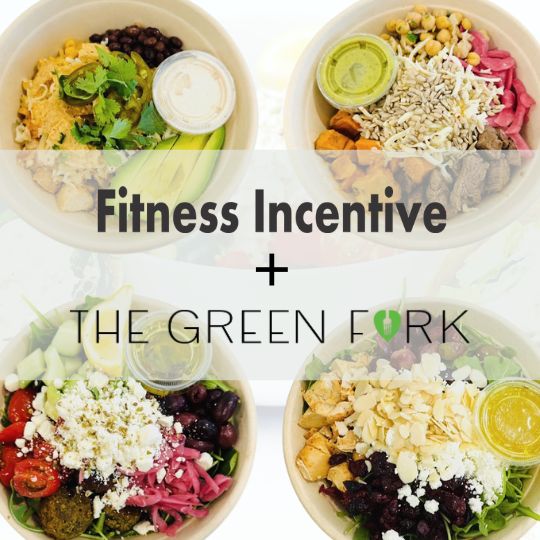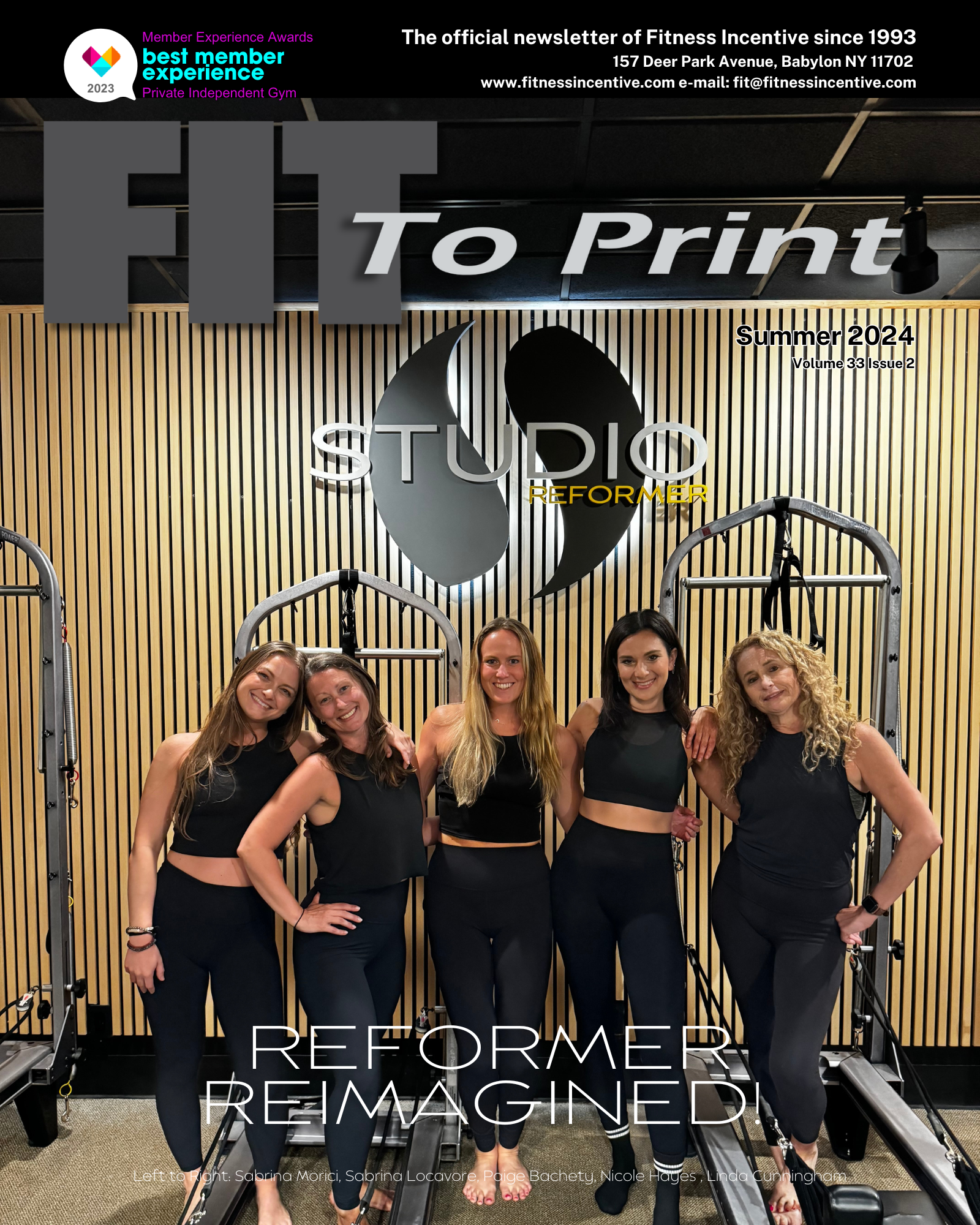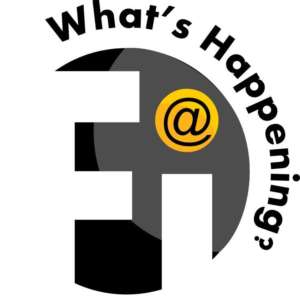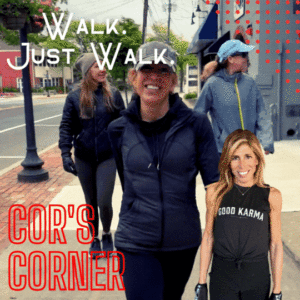
“One of the most common comments I hear from perimenopausal women (and post) is that “what they had been doing was no longer working.” Healthy-ish eating and cardio-based exercise routines are not yielding the same results anymore”
- Maria Ciccolella

REFLECTIONS ON TURNING 40:
Being Ready for (Peri)Menopuse
(And Why Fitness Incentive is Your “Secret Weapon”)
This year, Fitness Incentive is turning 40—an enviable achievement that speaks to the gym’s enduring mission and community roots. It’s a milestone that gave me pause to reflect on reaching that “age” myself: feeling that, despite getting older, I was in the prime of my life. I had achieved life and career goals. I felt really good, and I was looking forward to what life had to bring, especially now that I had some experience at my back. But there was something waiting for me in my 40s that no experience had prepared me for, let alone made me aware of—and it was perimenopause.
So It Begins
Spoiler Alert: Perimenopause (aka the Menopause Transition) Can Begin in Your Late 30s/Early 40s
For many women turning 40 (or within their 40s), the idea of menopause seems far off in the future, and that is no surprise given the average age of onset in the US is 51. However, menopause is just a milestone—it is the day that marks the one-year anniversary of a woman’s last period. What has been the unfortunately held “secret” for many generations is that the experience of the menopause transition (also known as perimenopause) can begin as much as a decade or more sooner. Yes, that’s right: if you are anywhere from your late 30s to your mid-40s, signs of the menopause transition—brain fog, fatigue, and even hot flashes, to name a few—may start to show up in your life, even before you skip a period.
Out of the Box and Into the Light
If you search for perimenopause or menopause online or on social channels, you will no doubt come across thousands, if not millions, of posts by the many women who have started to break down the walls around this subject. The good news is that menopause and the transition are “out of the box,” so to speak; the bad news is that finding helpful, science-backed information on the subject requires combing through a lot of information tuned into the suffering and discomfort that many of these women have gone through as a result of not knowing or expecting the menopause transition. (Also joining those ranks are a lot of misinformation and profit-seeking entrepreneurial companies offering “magic pills,” aka menopause supplements—among other products—designed to “bring immediate relief” for anywhere from $20 – $50/month).
Here’s The Secret
Allow me to save you some scrolling: the “suffering” associated with perimenopause is as much a product of not knowing about it (and what’s changing in your body) as it is hormone fluctuation. With the right information—and even better news: your gym membership—the menopause transition can actually become an empowering moment where you can mitigate the “symptom” experience (FYI: you’re not ill) AND learn just how capable you are.
Muscle Can Step In and “Pick Up” Where Estrogen and Progesterone Left Off
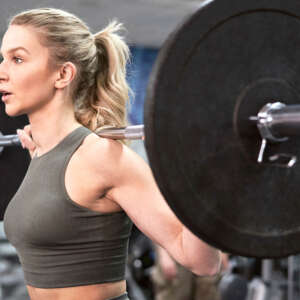
The changes that occur during perimenopause are too numerous to cover in one article, so I’ll cut to the big reveal: one of the biggest keys to alleviating many symptoms lies in building muscle.
Why is that?
Largely because muscle, as the largest endocrine organ in the body, can help produce chemical responses that can compensate for some of the loss of estrogen and progesterone—not least of which is helping with body temperature, glucose regulation, inflammatory response, AND metabolism.
Why is this significant?
Research indicates that women can lose up to 10% of their appendicular muscle during the perimenopausal years (also at risk: BONE, as studies show that 20% of bone density loss can occur during perimenopause and the early postmenopausal years). Elevated levels of the stress hormone cortisol, resulting from the hormone chaos the body is experiencing (and whatever else life is throwing at you), layer on and drive increased muscle and tissue breakdown.
Muscle loss, in particular, can drive many more ramifications in the body, not least of which is loss of strength and energy. Less muscle = less usage of glucose = the body stores glucose as fat = body changes, and fat gain = increased risk of inflammation and chronic disease development.
More muscle will not only increase strength and capability but also help reduce body fat, restore energy, improve mental clarity and combat brain fog, improve mood, support the body’s immune response, keep systemic inflammation at bay, protect your bones, and decrease your risk of chronic disease.
Here’s where Fitness Incentive can be one of your greatest assets: within its offerings, you can focus on driving muscle development, fortifying your bones, and reducing stress (i.e., reducing cortisol).
Driving an empowered menopause experience: meeting change WITH change
One of the most common comments I hear from perimenopausal women (and post) is that “what they had been doing was no longer working.” Healthy-ish eating and cardio-based exercise routines are not yielding the same results anymore—even in spite of increased efforts to cut calories and amp up time and miles. And, to a large degree, that is true: the underlying conditions have changed, and so now must your routines, specifically to:
- Drive increased protein consumption to support muscle development (one gram per pound of ideal body weight; ideal = where you feel your healthiest)
- Favor exercises that challenge the muscle to stimulate growth and strength (plus: bone density!), ala strength training (2-3x/week) and HIIT/SIT (2x/week) AND
- Support recovery and relaxation efforts, whether through yoga, pilates, meditation, walks outside in nature, or body work at the spa.
The hidden beauty of the menopause transition is that it really calls attention to the need to care for and prioritize yourself. And, when you hold a mindset of possibility around the menopause transition, you may just kick the door open to discover the depth and breadth of your capability.
Learn More…
Want to learn how to increase your muscle, strength, and power in your 40s, 50s, and beyond? Reach out to gciccolella@wellspringfitnessny.com to explore what a strength training program can look like for you. If you’re looking to learn more about the menopause transition and be empowered to master your experience of it? Hit me up at mciccolella@wellspringcoachingny.com, and let’s talk!
Sponsored Links
About the Author

Maria Ciccolella


